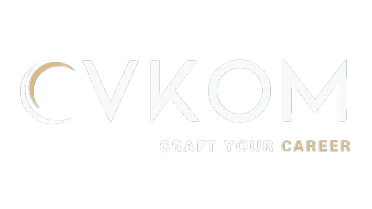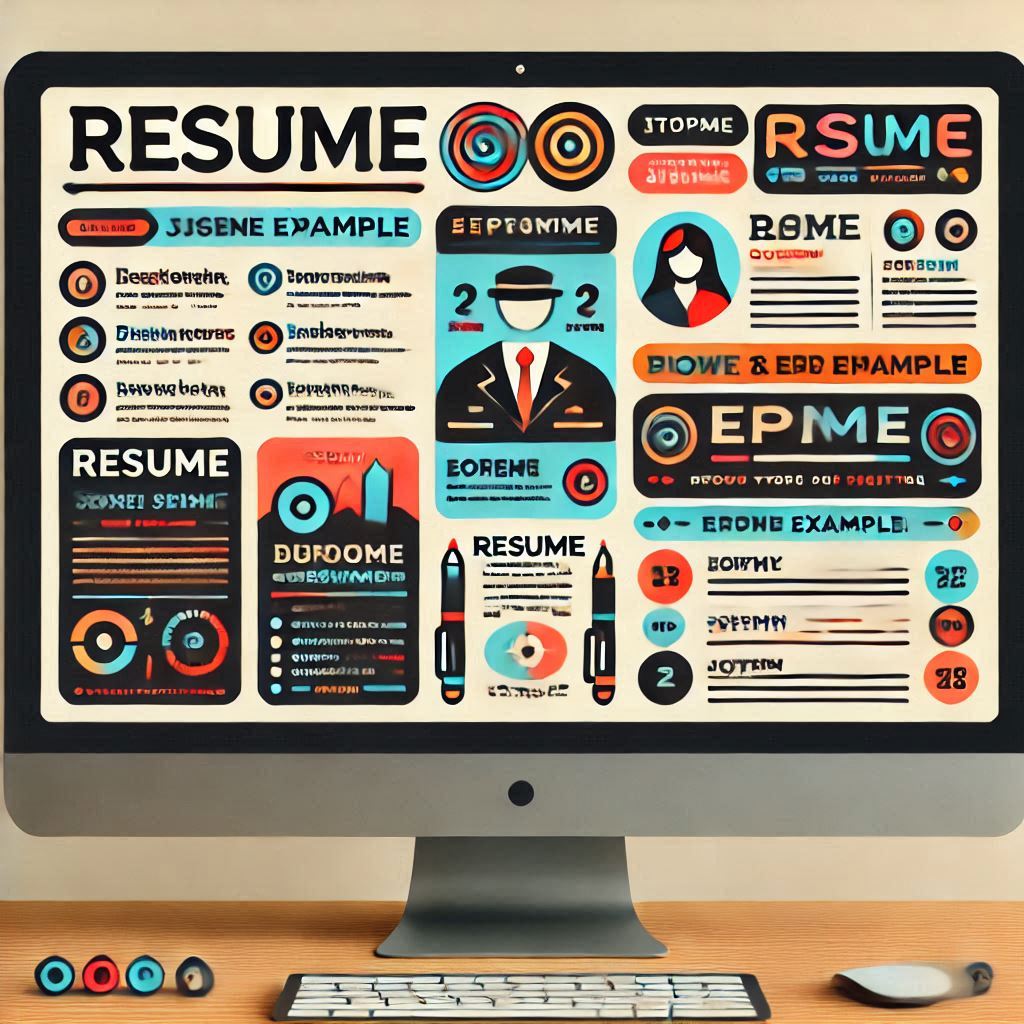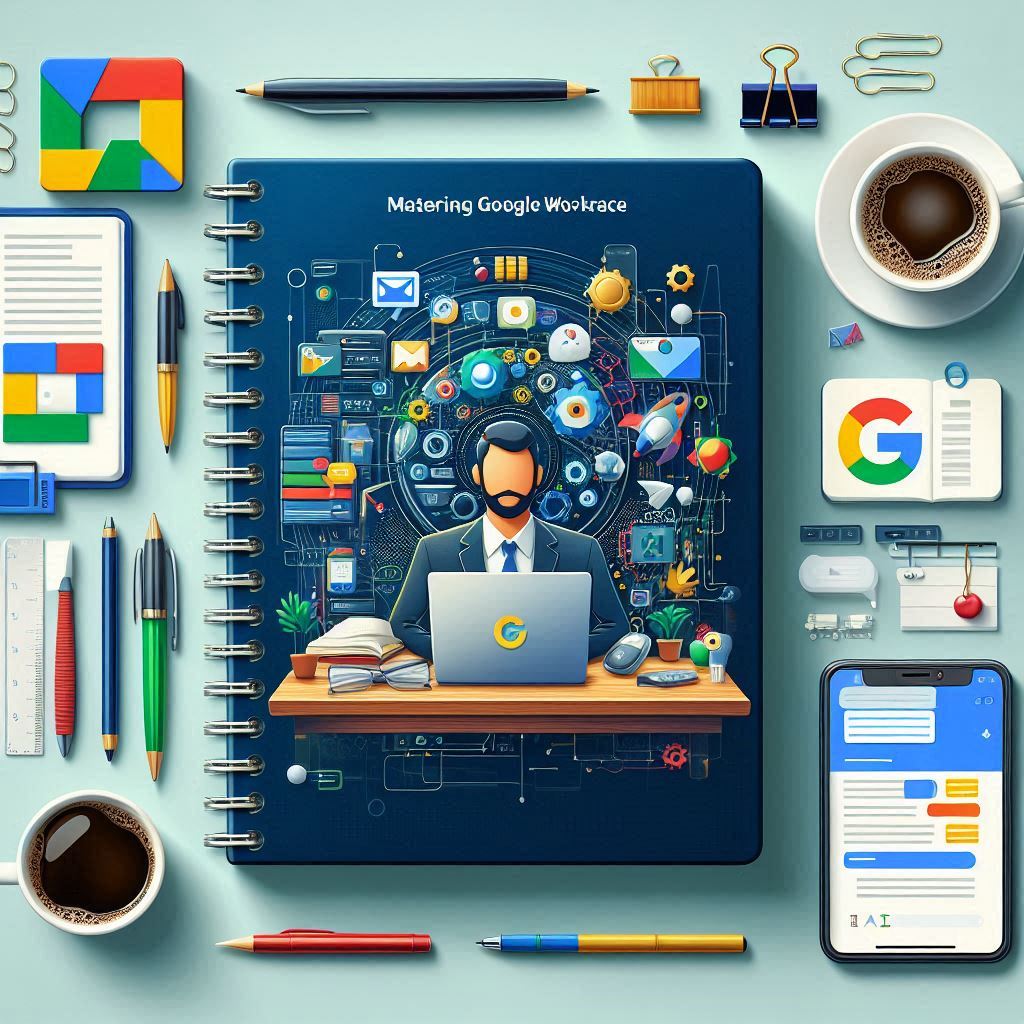How to Format Your Resume with Colors and Fonts
Formatting your resume with the right colors and fonts can make a significant
difference in creating a professional, eye-catching document that grabs
recruiters' attention. While content is king, the visual presentation of your
resume plays a crucial role in making a strong first impression. At CVKOM,
we understand how design enhances impact, and here’s our detailed guide on
choosing the best colors and fonts for your resume.
1. Why Formatting Matters in Resume Design
Recruiters spend an average of six seconds scanning a resume. A well-formatted
resume:
- Improves Readability: Proper fonts and colors guide the reader's eye and
make the information easy to digest.
- Enhances Professionalism: A clean design reflects your attention to
detail and aesthetic sense.
- Sets You Apart: Thoughtful formatting can make your resume stand out
without being overwhelming.
2. Choosing the Right Fonts for Your Resume
Fonts convey tone and readability. Stick to these principles:
- Opt for Professional Fonts: Use clean and modern fonts like Calibri,
Arial, Times New Roman, or Helvetica.
- Avoid Overly Decorative Fonts: Stay away from fonts like Comic Sans or
Papyrus, which can look unprofessional.
- Size Matters: Use 10-12 points for body text and 14-16 points for section
headings.
- Consistency is Key: Use one or two fonts throughout the resume to
maintain uniformity.
Recommended Fonts for Specific Industries:
- Corporate Roles: Times New Roman or Georgia for a classic, formal look.
- Creative Roles: Helvetica or Proxima Nova for a modern, stylish appeal.
3. Using Colors in Your Resume
Color adds personality to your resume but should be used sparingly:
- Stick to a Neutral Base: Use white or light beige as your background for
easy readability.
- Accent Colors: Use one or two colors for headings, lines, or borders.
Popular choices include navy blue, dark gray, or burgundy.
- Avoid Overwhelming Tones: Neon or overly bright colors can distract and
look unprofessional.
- Contrast for Readability: Ensure text contrasts well with the background.
Color Recommendations for Different Roles:
- Corporate Jobs: Dark blue or gray for a conservative yet polished look.
- Creative Fields: Muted greens or pastel shades to reflect creativity
without being over the top.
4. Formatting Tips for Visual Balance
- Use Bold and Italics Sparingly: Highlight key information like job titles
or achievements.
- Incorporate White Space: Adequate spacing between sections improves readability.
- Use Lines or Dividers: These can separate sections neatly without
cluttering the design.
5. Tools to Enhance Resume Design
- Microsoft Word: Offers pre-made templates and formatting tools.
- Canva: Great for creative resumes with customizable design elements.
- Adobe InDesign: Ideal for advanced formatting and creative professionals.
6. Common Mistakes to Avoid
- Too Many Colors: Using more than two colors can make your resume look
chaotic.
- Inconsistent Alignment: Ensure headings, text, and bullet points are
aligned uniformly.
- Tiny Font Sizes: Text smaller than 10 points can strain the reader's
eyes.
7. Tailoring Your Resume for ATS Compatibility
While design is essential, remember that many companies use Applicant Tracking
Systems (ATS). Stick to simple designs and avoid images, tables, or excessively
intricate layouts that may not be ATS-friendly.
8. Testing Your Resume Design
Before finalizing your resume:
- Print a copy to check how colors appear on paper.
- Share it with a trusted peer for feedback on readability and professionalism.
Conclusion
Formatting your resume with the right colors and fonts strikes a balance
between professionalism and creativity. By choosing appropriate elements, you
can ensure your resume captures attention while remaining professional. For
personalized resume designs that reflect your unique style, visit
**CVKOM**—your partner in crafting impactful resumes.






